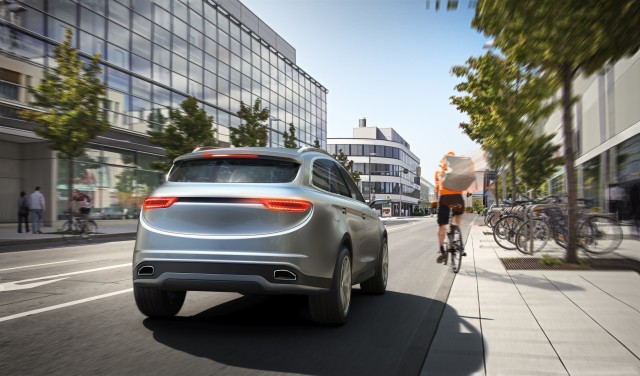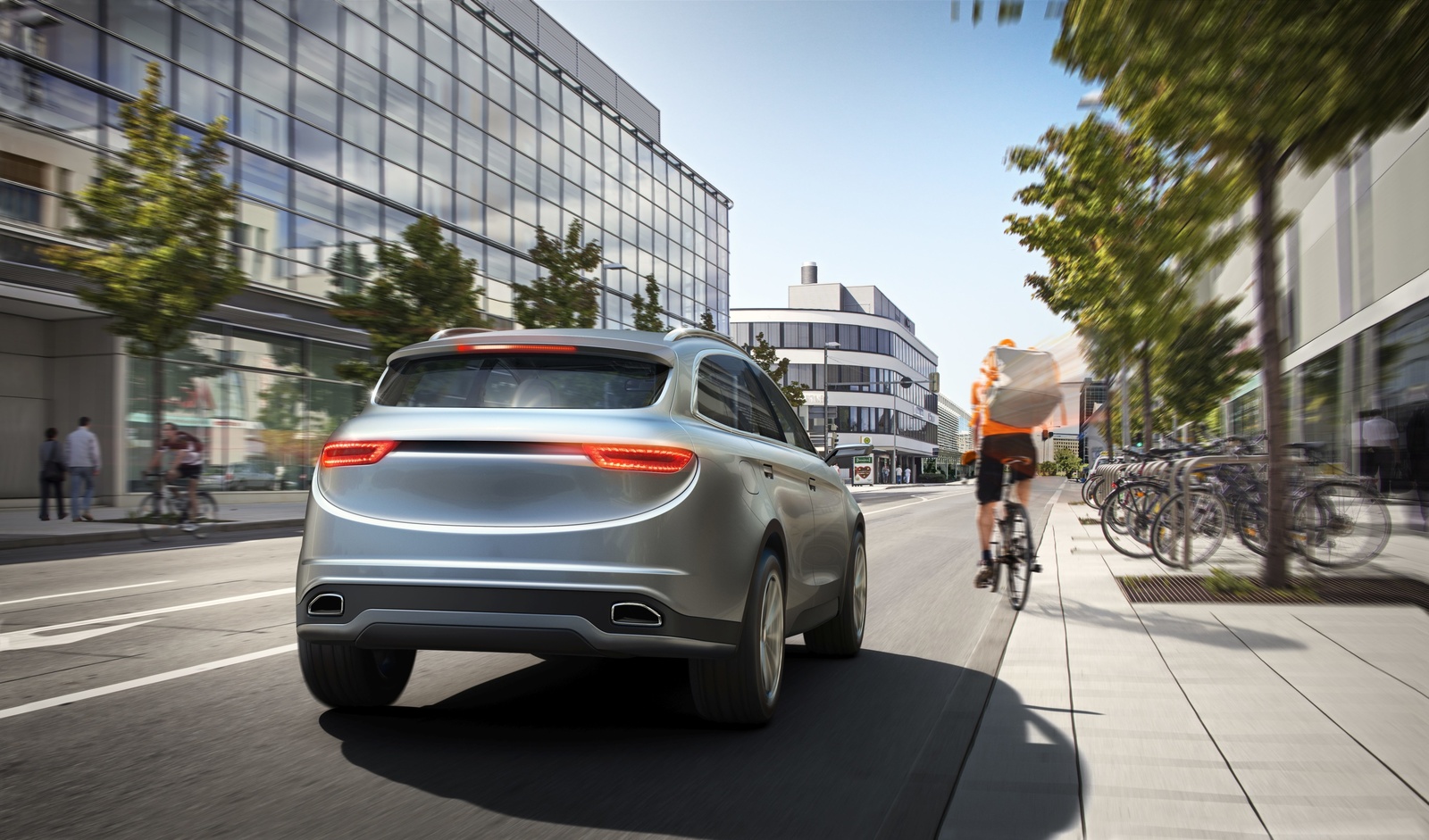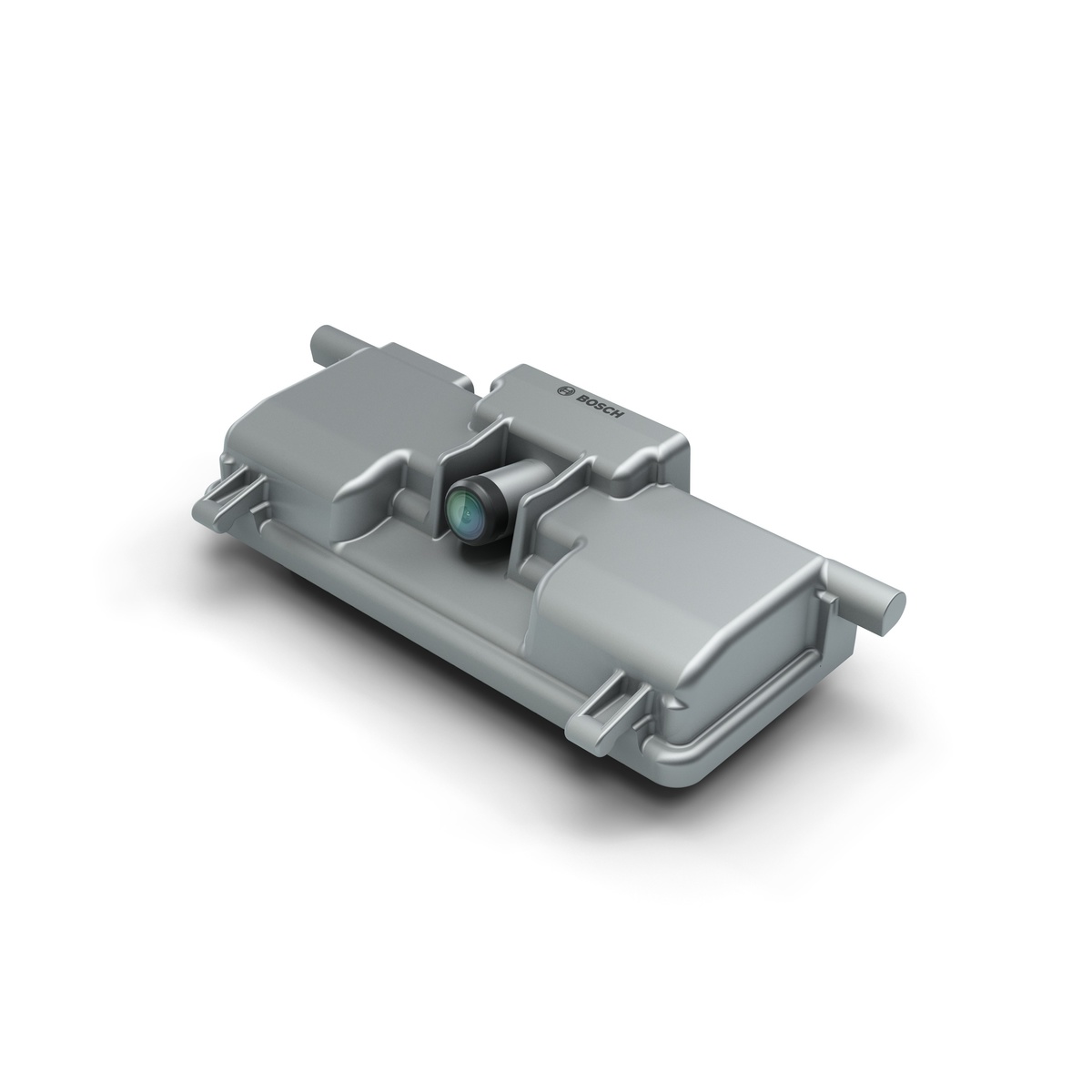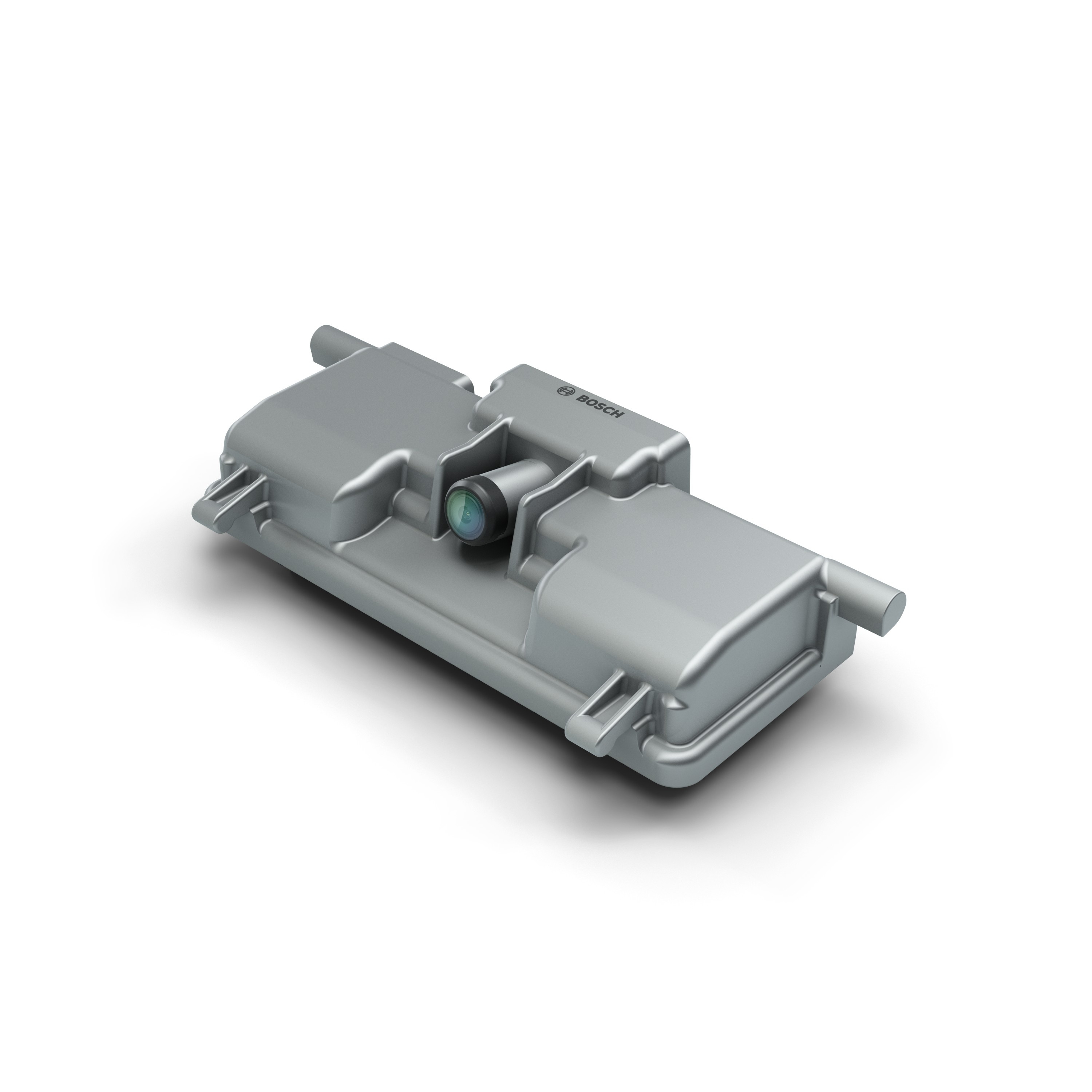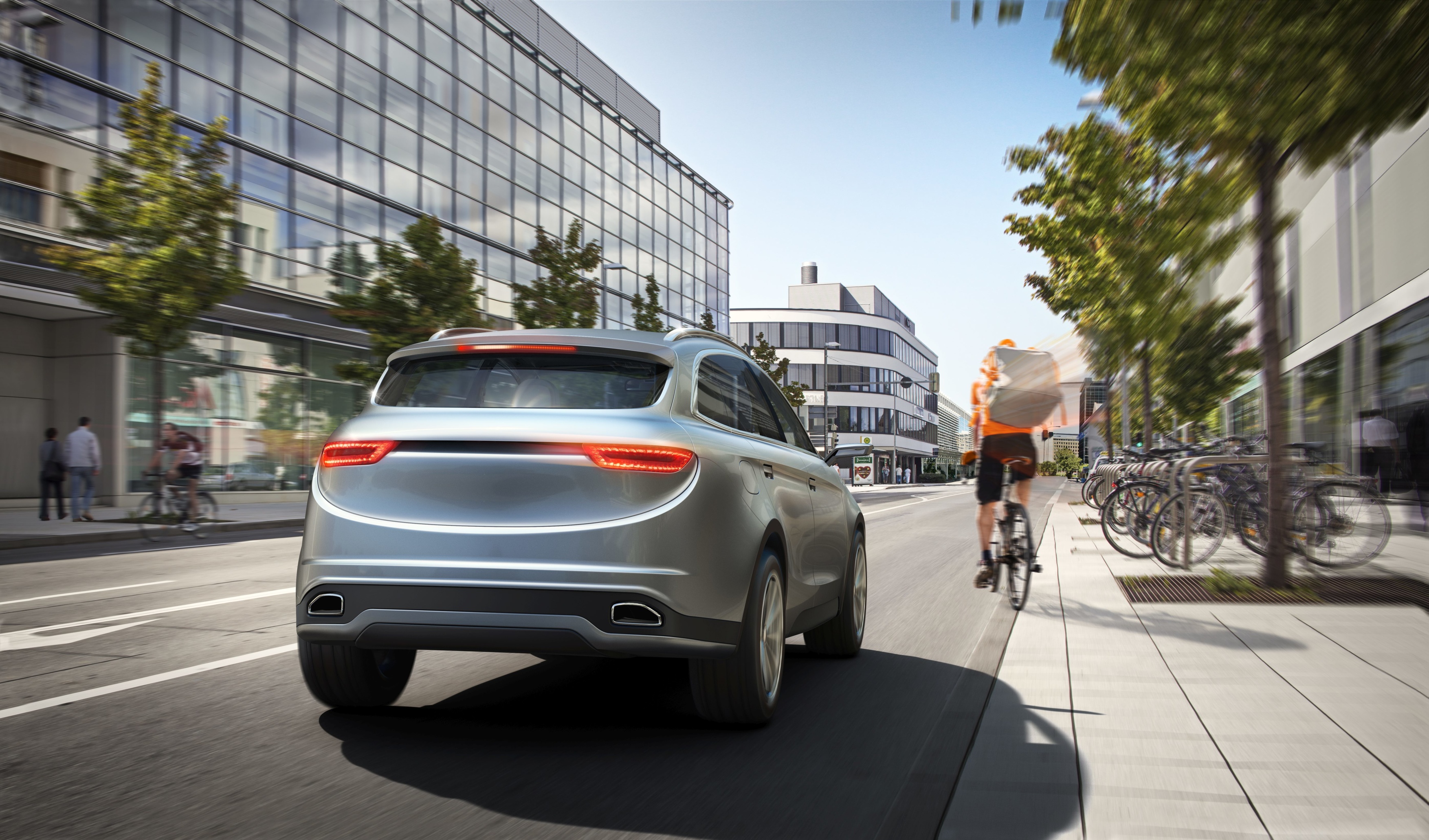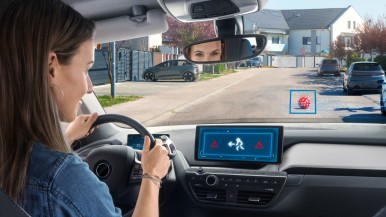Stuttgart, Germany, and Yokohama, Japan – Automated driving technology is gradually providing more and more assistance to the driver – with the future aim of the car being able to take complete control. But there is more to it than that: "We want to make cars better drivers than people, and in this way to increase road safety. In other words, technology has to work more reliably than people," says the Bosch management board member Harald Kröger. That presents a major challenge, particularly in terms of surround sensing. The sensing system needs to provide the data and information of what is going on around the vehicle to enable the automated vehicle to choose the appropriate driving decision under the circumstances from a safety standpoint.
EXPERIENCE BOSCH AT THE IAA 2019 in Frankfurt: Rethinking mobility and making it as safe, emissions-free, and fascinating as possible – this is the goal Bosch has set itself. On a technological level, the supplier of technology and services wants to achieve these aims through personalization, automation, connectivity, and electrification. At the IAA 2019, Bosch will be presenting its latest solutions for making driving safer and more efficient, for making mobility available on demand, and for turning cars into personal assistants.
BOSCH PRESS CONFERENCE: Tuesday, September 10, 2019, from 12:55 to 13:10 CEST with Dr. Volkmar Denner, chairman of the board of management of Robert Bosch GmbH and Dr. Stefan Hartung, chairman of the Mobility Solutions business sector, at the Bosch booth C02 in Hall 8.
FOLLOW the Bosch IAA 2019 highlights at www.bosch-iaa.de and on Twitter: #BoschIAA
Mobility Solutions is the largest Bosch Group business sector. In 2015, its sales came to 41.7 billion euros, or 59 percent of total group sales. This makes the Bosch Group one of the leading automotive suppliers. The Mobility Solutions business sector combines the group's expertise in three mobility domains – automation, electrification, and connectivity – and offers its customers integrated mobility solutions. Its main areas of activity are injection technology and powertrain peripherals for internal-combustion engines, diverse solutions for powertrain electrification, vehicle safety systems, driver-assistance and automated functions, technology for user-friendly infotainment as well as vehicle-to-vehicle and vehicle-to-infrastructure communication, repair-shop concepts, and technology and services for the automotive aftermarket. Bosch is synonymous with important automotive innovations, such as electronic engine management, the ESP anti-skid system, and common-rail diesel technology.
Having established a regional presence in 1906 in North America, the Bosch Group employs 34,700 associates in more than 100 locations, as of December 31, 2020. According to preliminary figures, Bosch generated consolidated sales of $13.1 billion in the U.S., Canada and Mexico. For more information, visit www.bosch.us, www.bosch.ca and www.bosch.com.mx.
The Bosch Group is a leading global supplier of technology and services. It employs roughly 394,500 associates worldwide (as of December 31, 2020). According to preliminary figures, the company generated sales of $87.1 billion in 2020. Its operations are divided into four business sectors: Mobility Solutions, Industrial Technology, Consumer Goods, and Energy and Building Technology. As a leading IoT provider, Bosch offers innovative solutions for smart homes, Industry 4.0, and connected mobility. Bosch is pursuing a vision of mobility that is sustainable, safe, and exciting. It uses its expertise in sensor technology, software, and services, as well as its own IoT cloud, to offer its customers connected, cross-domain solutions from a single source. The Bosch Group’s strategic objective is to facilitate connected living with products and solutions that either contain artificial intelligence (AI) or have been developed or manufactured with its help. Bosch improves quality of life worldwide with products and services that are innovative and spark enthusiasm. In short, Bosch creates technology that is “Invented for life.” The Bosch Group comprises Robert Bosch GmbH and its roughly 440 subsidiary and regional companies in 60 countries. Including sales and service partners, Bosch’s global manufacturing, engineering, and sales network covers nearly every country in the world. The basis for the company’s future growth is its innovative strength. At 126 locations across the globe, Bosch employs some 73,000 associates in research and development, as well as roughly 30,000 software engineers.
Additional information is available online at www.bosch.us, www.iot.bosch.com, https://us.bosch-press.com, https://twitter.com/BoschPress
Exchange rate: 1 EUR = 1.2171
Exchange rate: 1 EUR = $1.1811

